Removes years and millions of dollars from efforts to understand subsurface dynamics across large volumes.
Vancouver, CANADA (September 5, 2024) – Canadian subsurface intelligence leader Ideon Technologies has released new results that show how muon tomography can deliver tens of millions in subsurface imaging value on active mine sites without extensive drilling.
Vale Base Metals, Creighton Mine, Sudbury, Canada
This case study demonstrates the value of cosmic-ray muon tomography, deployed in boreholes from surface, in mapping rubble zones and voids from previous mining activity, as well as remnant massive sulphide mineralization. The project shows how Ideon mapped void structures to metre-scale spatial resolution over a complex 2 km2 site to a depth of 600 m, using only four drillholes. Ideon also successfully delineated areas of remnant mineralization to within 10 m spatial resolution and < 0.1 g/cc density resolution. The data and insights generated from those four holes alone are competitive with that of 500+ drillholes, and convinced Vale Base Metals to move muon tomography from trial to operational application. At an average cost of $200/m for diamond drilling, and an average drillhole depth of 300 m, 500 drillholes would require a financial investment of $30M (at today’s estimated pricing) plus the time involved to complete the drilling to a measured classification. Download the full case study.
Vale Base Metals, Totten Mine, Sudbury Canada
This case study showcases the power of borehole muon tomography in confirming continuity of known mineralization zones and contributing to mine life extension. The project, which was also undertaken blindly, demonstrates how Ideon mapped geologic structures to within 5 m spatial resolution within a volume of 130 million m3, using only three drillholes. This gave the Vale Base Metals team a broad understanding of large subsurface target zones quickly so that they could move straight to validation. The data and insights generated with muon tomography from 3 boreholes over 6 months are competitive with that gathered over years from 100+ drillholes. At an average cost of $200/m for diamond drilling, and an average drillhole depth of 300 m, 100 drillholes would require a financial investment of $6M (at today’s estimated pricing) plus the time involved to complete the drilling to a measured classification.
Download the full case study.

NORCAT, Fecunis Adit Mine, Sudbury, Canada
This case study documents how Ideon located and mapped a 100-metre-long section of a 2.5 m x 2.5 m mine conveyance tunnel, imaging upwards from the existing mine adit, with zero drilling required to map a subsurface volume of over 300,000 m3 and clearly delineate the low-density feature sitting approximately 35 m below the surface. This imaging program was conducted blind: no geological information was available for the area. During analysis, a strong low-density feature emerged that – when compared with hand-drawn maps of historic subsurface workings in the area – aligned directly with the conveyance tunnel that once carried ore to the surface of the mine.
Read more about this deployment.
Ideon harnesses the energy from supernova explosions in space to image deep beneath the Earth’s surface. Using sub-atomic particles called muons, Ideon creates high-resolution 3D density models that help geologists identify, map, characterize, and monitor mineral deposits, subsurface voids, and other geologic anomalies across the full mine life cycle – from exploration to reclamation. These high-volume, high-resolution, high-velocity Earth models maximize the potential for cost-effective recovery of metals.
The Ideon muon imaging solution consists of an advanced suite of hardware and software, including multi-physics fusion capability, data analysis, and geological interpretation services. With multiple muon detectors positioned down boreholes or in underground workings, Ideon can map density at metre-scale precision over tens of millions of cubic metres of rock. Ideon can precisely delineate subsurface features, at depth, and in the complex operational environment of an active mine site. Ruggedized for the most demanding of mine environments – and proven on sites around the world – the Ideon muon imaging solution images upwards towards the surface without impeding or being impacted by noisy mine activity.
About Ideon Technologies
Ideon Technologies uses the energy from supernova explosions to image deep beneath the Earth’s surface. A spin-off from TRIUMF (Canada’s particle physics lab), Ideon is a world pioneer in cosmic-ray muon tomography. By transforming muon data into reliable 3D density maps, Ideon helps geologists identify, characterize, and monitor geologic structures with confidence. This reduces risk and cost of traditional methods, while saving time, optimizing return, and minimizing environmental impact across the mining value chain. In turn, this is helping accelerate the world’s transition to low- impact mining and transform how companies find the critical minerals required to power the global shift to clean energy.
Media Contact
Ideon Technologies: Kim Lawrence | Email: [email protected] | Cell: +1 403 708 5350
